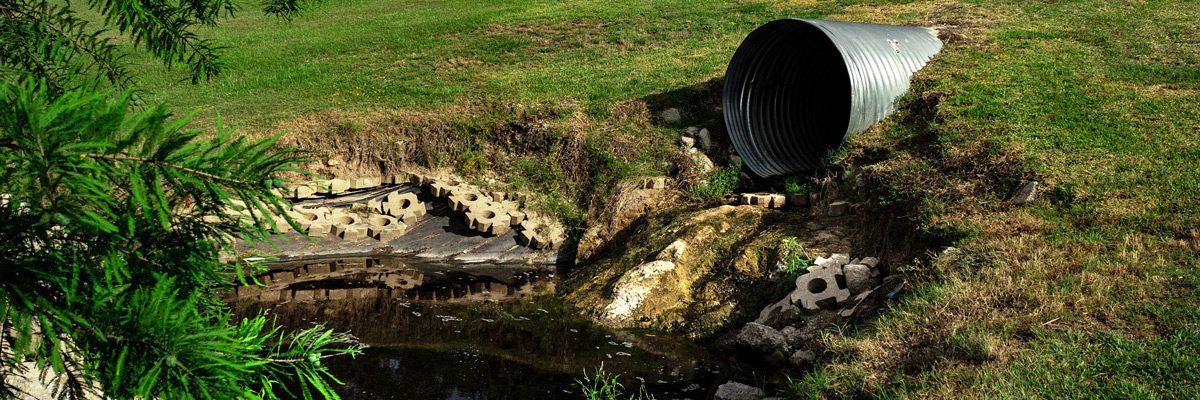To Think At One Time: I did not even think I would get requests for guest posts. Then: I questioned whether to allow guest posts. Now I am getting a request about every month for someone to share this space…And you know what I love it.
It’s not necessary to become a nerd to find out how wind power works
Wind is the result of the uneven heating of the Earth by the sun and the fact that temperatures will always be attempting to reach an equilibrium (heat is always moving to a cooler area). With the rising price of energy and the damage to the environment from classic fuels, it is increasingly equitable to harvest this renewable resource.
The benefits of wind energy are that it’s virtually free (after you purchase the equipment) and there’s no pollution. The disadvantages include the fact it is not a constant source (the speed varies and many times it is insufficient to make electricity) and it typically requires about one acre of land.
How Wind Energy Works
The volume of power that can be found varies by wind speed. The amount available is named it’s power density which is measured in watts per square meter. Due to this, the U.S. Department of Energy has separated wind energy into classes from 1 to 7. The typical wind speed for class 1 is 9.8 mph or less while the average for a class 7 is 21.1 or more. For effective power production, class 2 winds (11.5 mph average speed) are usually required.
In general, wind speeds increase as you get higher above the Earth. Due to this, the typical wind mill comes with a tower no less than 30 feet above obstructions. That there are two basic different types of towers employed for residential wind power systems (free standing and guyed). Free standing towers are self supporting and are usually heavier which means they take special equipment (cranes) to erect them. Guyed towers are supported on a concrete base and anchored by wires for support. They typically are not as heavy and most manufacturer’s produce tilt down models which may be easily raised and lowered for maintenance.
The kinetic (moving energy) from the winds is harnessed by a device called a turbine. This turbine contains airfoils (blades) that capture the energy of the wind and use it to turn the shaft of an alternator (like you have on a car only bigger).
There are two basic types of blades (drag style and lifting style). We all have seen pictures of old-fashioned windmills with the large flat blades which are an example of the drag style of airfoil. Lifting style blades are twisted instead of flat and resemble the propellor of a small airplane.
A turbine is classified as to whether it is built to be installed with the rotor in a horizontal or vertical position and whether the wind strikes the blades or the tower first. A vertical turbine typically requires less land for it’s installation and is a better option for the more urban areas of the world. An upwind turbine is designed for the wind to impact the airfoils before it does the tower.
http://www.residentialwindturbines.org/residential-wind-turbine.jpg
These units ordinarily have a tail on the turbine which is needed to keep the unit pointed into the wind. A downwind turbine doesn’t need a tail as the wind acting on the blades tends to maintain it oriented properly.
These turbine systems would be damaged if they were to be permitted to turn at excessive speeds. Therefore, units will need to have automatic over-speed governing systems. Some systems use electrical braking systems although some use mechanical type brakes.
The output electricity from the alternator is sent to a controller which conditions it for use in the home. The use of residential wind power systems requires the home to either remain linked with the utility grid or store electricity in a battery for use when the wind doesn’t blow sufficiently.
When the home is tied to the grid, the surplus electricity that is produced by the residential wind power system can be sold to the utility company to lower and sometimes even eliminate your electric bill. During times with not enough wind, the home is supplied power from the utility company.
http://www.residentialwindturbines.org/wind-scheme-grid-tied.gif
The Cost of Wind Energy
Small residential wind power turbines can be an attractive alternative, or addition, to those people needing over 100-200 watts of power for their home, business, or remote facility. Unlike PV’s, which stay at basically the same cost per watt independent of array size, wind turbines get more affordable with increasing system size. At the 50 watt size level, for instance, a small residential power turbine would cost about $8.00/watt in comparison to approximately $6.00/watt for a PV module.
This is the reason, all things being equal, Photo voltaic is less expensive for very small loads. As the system size gets larger, however, this “rule-of-thumb” reverses itself.
At 300 watts the wind generator costs are down to $2.50/watt, while the PV costs are still at $6.00/watt. For a 1,500 watt wind system the cost is down to $2.00/watt and at 10,000 watts the price of a wind generator (excluding electronics) is down to $1.50/watt.
The author – Mary Jones writes for the
http://www.residentialwindturbines.org/”>residential wind generators
website, her personal hobby blog centered on ways to reduce CO2 and lower energy costs using alternative power sources.
If you wish to read my complete Bio:
http://www.residentialwindturbines.org/about
:}
More tomorrow
:}

Pingback: Energy Tough Love Blog » Energy Neutral Homes Are Not That Hard To … | Wind Power Guide Blog